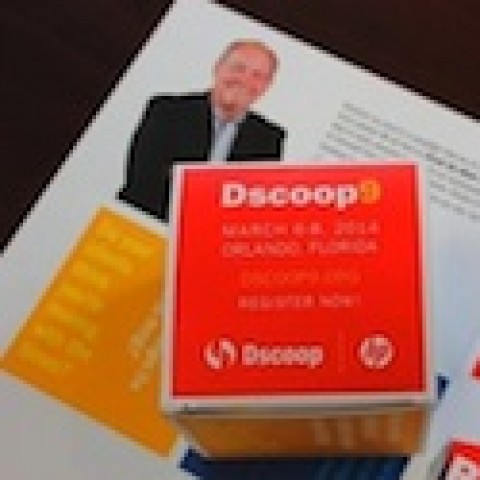In a month when many of us are trying to stick to resolutions for the improvement of our personal and professional lives, it helps to gain a fresh perspective on those things we wish to change. If you’ve been wracking your brain trying to figure out how best to increase the number of responses you receive to your direct-mail creations, Alan Rosenspan, president of direct-marketing creative and consulting firm Alan Rosenspan & Associates, tackled this perennial challenge in the PaperSpecs Webinar “12 Ways to Increase Response Rates”. Below are five of the ideas he shared.
(Remember, PaperSpecs PRO members have 24/7 access to this and all of our dozens of informative, game-changing webinars. Why not sign-up for a PRO membership right now?)
1. Have a plan. In other words, instead of “We just want to do a postcard” — that’s choosing a media, that’s not really having a marketing strategy —know what you want to accomplish, and be realistic about your goals. You have to know how many people you think will do this or how many people could do this. And are you asking them to do too much or are you asking them to do the right amount of stuff?
2. Target the right audience. If you’ve done this before, you pretty much know who your customers are, who they should be, who you’d like them to be. You can target them by geographic area, you could target them by demographics, you could target them by title, you could target them by industry. Beyond mailing to existing customers, which again is very important, you’re looking for people that we call “customer clones”. These are people that look just like your customers and should be buying from you but, for some reason, they’re not. This is the direct marketing rule, which you probably all know—it’s like Direct Marketing 101 — your next customer is going to look a lot like your last customer.
3. Sell the value of the first step of the sales process. So let’s say you’re a real estate agent and you want to send out postcards about a new listing you have. It’s almost impossible for somebody to pick up that postcard and say, “That’s the house I want. Yep, I’m going to buy that right away.” So you’re not trying to sell the house. You’re trying to sell the value of the first step of the sales process. So the question is “In your marketing program, what is the first step somebody takes toward buying your product or toward becoming your customer?” If that postcard could sell that first step, it could be much more effective than trying to do everything.
4. Be single minded. You probably have heard or seen somebody lying on a bed of nails, Actually in my seminars, I’ve had people who have actually done it — they’ve lain on a bed of nails. And it seems like that’s kind of easy — “I’ve seen it done. I know it can be done. There’s no problem with that.” But here’s the point. Have you ever seen or heard of somebody lying on one nail? It’s impossible. So if you envision a bed of nails as a lot of messages, it doesn’t break through. A lot of messages are all competing for your attention and not a single one breaks through. If you have one nail — meaning one message and one offer — and it’s presented in a dramatic and interesting way, it will cut through the clutter and people will get it right away.
5. Focus on the person. When you focus on the customer and you use the word “you” a lot and you’re single-minded in that regard, you’re always going to be more successful than when you’re trying to introduce a product. So if you’re currently doing product marketing now, take a look at it and figure out if there is any way that you can change the emphasis and make it focused on the customer.
……












